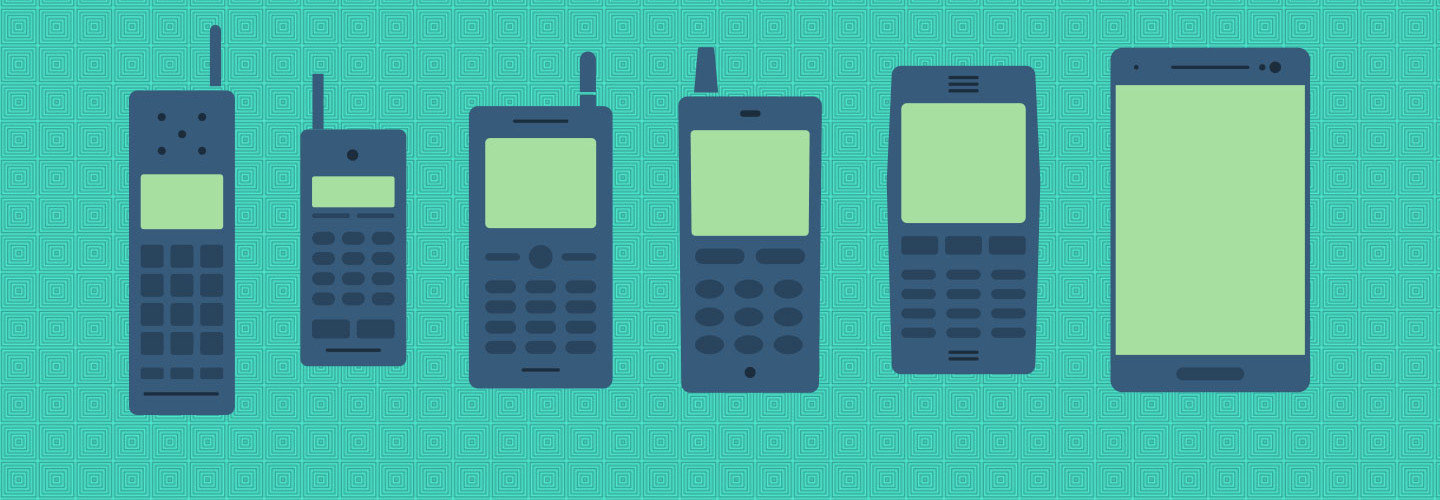The IoT Comes to the Fore in Enterprises as Mobile Technology Evolves
Mobile devices and apps have had an unprecedented impact in a variety of industries. The taxi industry, for example, has been disrupted to its core by services such as Uber and Lyft — two companies that rely on mobility as the basis for their entire business models.
Such services would not have been feasible even a decade ago, but a number of factors, including the proliferation of mobile devices, the rush of developers to create new and innovative mobile apps and the improvement over time of mobile connectivity, have combined to completely change the environment in which taxi companies and their new competitors are operating.
The same is true, to a lesser extent, even in industries for which mobility does not present an existential reckoning. While financial institutions have not been replaced by mobile apps, for example, all large national banks have developed their own consumer-facing mobile apps to provide a service to their customers and stay competitive with one other. The effects of mobility are deeply felt inside the enterprise as well, as most organizations have taken at least basic steps to improve workflow by giving users access to mobile devices and enterprise mobile apps.
According to Citrix, 61 percent of workers report working outside of an office environment at least on a part-time basis. Citrix further found that users employ an average of at least three devices per day for work activities, and that the number of devices managed by enterprises increased 72 percent from 2014 to 2015.
Even as some organizations race to catch up to this new normal, mobility is still evolving. Increasingly, enterprises seek to tie in mobile devices and apps with Internet of Things deployments. Wearable devices, while still in their infancy, also present an intriguing opportunity for organizations that can find valuable ways to leverage them. And, of course, as mobile devices and apps have evolved, so too have security threats, forcing organizations to find new ways to protect their networks, devices and data.
Mobility and IoT
According to Cisco Systems, the number of Internet-connected devices will more than triple, from 15 billion in 2015 to 50 billion in 2020. Some of these new connections, surely, will come in the form of smartphones and tablets, the mobile devices that are already popular today. Increasingly, however, these connected “devices” will include objects such as running shoes, traffic lights, forklifts and home appliances — all part of the limitless patchwork of physical items that can be connected through the Internet of Things, in which devices equipped with sensors and processors are connected via the Internet to create new opportunities for monitoring, control and analysis.
In a 2015 report titled “Internet of Things in Logistics,” Cisco Consulting Services and DHL Trend Research estimate that IoT will generate $8 trillion worldwide in Value at Stake (the potential bottom-line value that can be created, or that will migrate among private-sector companies and industries) in the next decade. This astronomical number is perhaps less illustrative of IoT’s business potential than of the breakdown of the different areas where that value will be created, or a dream list of the benefits that organizations would like to achieve through new IT initiatives.
Mobility plays a central role in the Internet of Things. Most obviously, the robust and secure wireless connections that are essential for mobile device deployments are also necessary to support an IoT environment within the enterprise. Also, mobile devices such as smartphones and tablets often serve as controllers for IoT systems, as users interact with touch-screen interfaces that allow them to see data that is being collected in real time and to make immediate adjustments to physical systems. Finally, these mobile devices themselves frequently act as “things” within IoT, passively collecting and transmitting data with no need for active user input.
These use cases illustrate how mobility is helping to drive IoT adoption:
Smart buildings: When systems such as air-conditioning and lighting are connected to the network, they can be controlled remotely via apps on mobile devices, reducing waste and saving money.
Oil and gas: Energy sector organizations have long used connected machinery to help monitor the performance of oil derricks and gas lines in remote locations. Now, those systems can be tied into mobile apps in order to give fieldworkers real-time information about the status of equipment.
Smart cities: Municipalities are implementing IoT solutions to help alleviate traffic and manage parking. According to the Federal Highway Administration, more than a quarter of traffic congestion is “nonrecurrent,” meaning it is caused by unpredictable events such as traffic accidents. Cisco’s Smart+Connected City Traffic solution is designed to provide visibility of live traffic conditions, helping to detect incidents early and respond to them more quickly. The solution ties in IP cameras, sensors, applications and Wi-Fi infrastructure.
Similarly, cities are using IP cameras, sensors and smartphone apps to manage parking. In these systems, drivers can search for open parking spaces, and traffic officers are automatically alerted to expired meters. Retail: Through shoppers’ interactions with mobile apps and mobile beacons, stores can track customer behavior and patterns, and then tailor advertisements, coupons and customer service to their particular interests.
Manufacturing: In factories, sensors can automate maintenance processes and track inventory and raw materials. If a problem arises, users’ mobile devices can be tracked to help determine which equipment they are attempting to fix and help them troubleshoot. Data from an IoT environment can also be run through analytics programs to help manufacturers find new efficiencies in the production process.
To learn more about how mobile apps can boost productivity and transform the workplace, read the CDW white paper "The App Roadmap: Mobile App Strategy For The Workplace."








